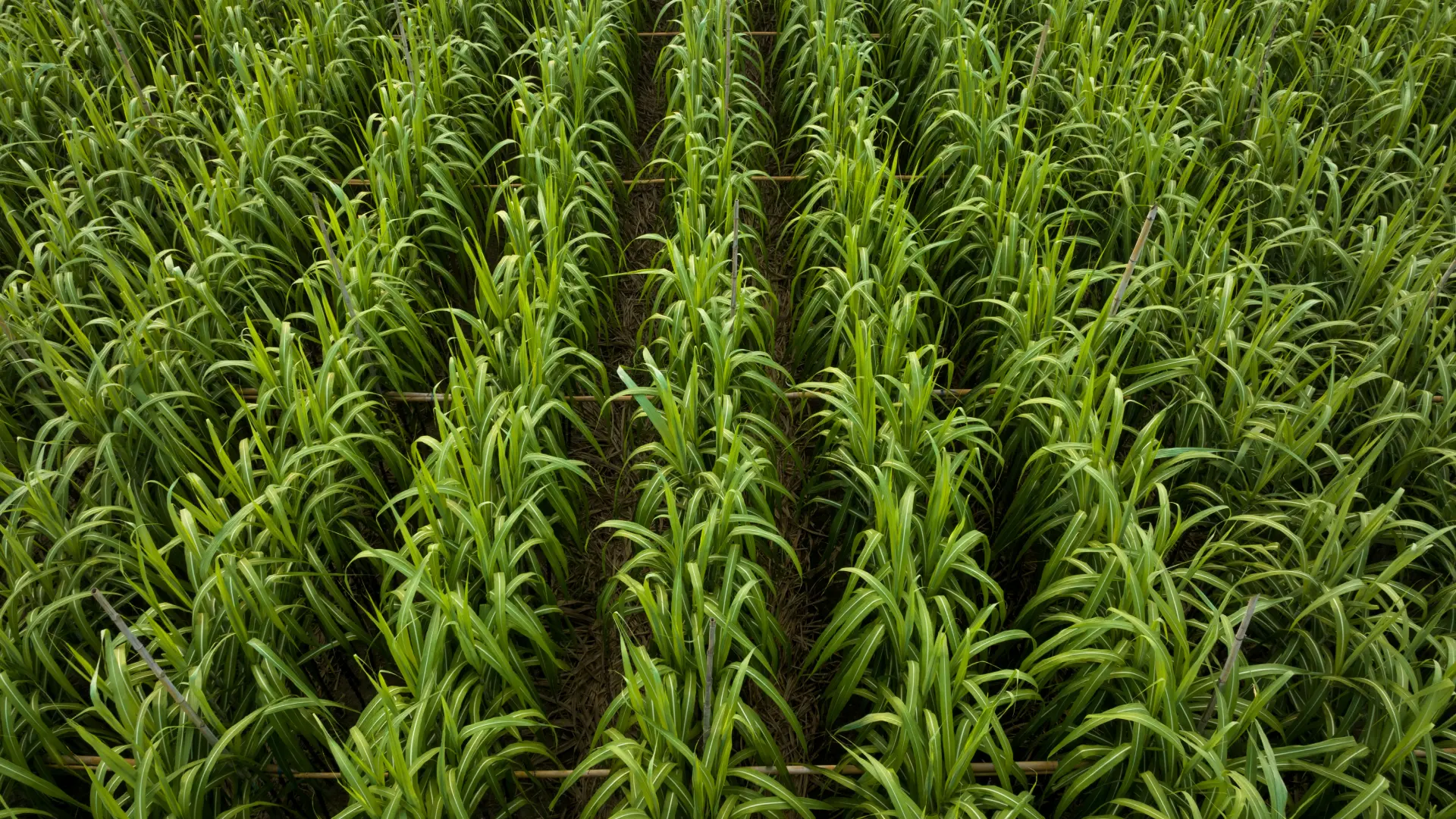The United States Department of Agriculture recently released a Climate Adaptation Plan in response to Executive Order (E.O.) 14008, Tackling the Climate Crisis at Home and Abroad, issued on January 27 of this year. In the order, U.S. President Biden directed the U.S. Department of Agriculture (USDA) to submit an action plan outlining steps to “bolster adaptation and increase resilience to the impacts of climate change” in agriculture.
The comprehensive report identified five key vulnerabilities in agriculture due to climate change, which must be addressed immediately. Among these vulnerabilities include decreased agricultural productivity and a threat to our water quantity and quality — threats that many producers are already facing. As Secretary of Agriculture Tom Vilsack said in the report’s introduction,
“Climate change is already on our doorstep, and America’s producers are on the front lines.”
Indeed, as Regrow’s Director of Environmental Strategy and Climate Policy, Dr. Jeff Seale, exclaimed, “I’d say it’s right in our living rooms.”
As food producers, suppliers and consumers, it’s our collective responsibility to aid in building resilience for producers so we can mitigate the effects of climate change and transform our food systems for the better.
How can we make a collective impact? By bolstering and promoting soil health practices.
Building Soil Health Practices
Enhancing soil health and promoting soil health technology and education were addressed as immediate remedies in two of the USDA’s five vulnerabilities: decreased agricultural productivity and threats to our water quality and quantity. According to the USDA, building our soil health will allow us to build resilience for our crops, and mitigate agriculture’s negative affect on our water systems.
Of course, the value of soil health has been promoted widely across the agriculture industry; particularly in regenerative agriculture communities.
However, it’s compelling to see these efforts heralded as viable, efficient solutions to the daunting challenges we face in global food production and security.
A Collaborative Effort
We can all contribute to enhanced soil health for our agricultural systems, whether we operate farmland or not. Together, we can:
1. Provide research and data on the effects of soil health practices and climate smart farming (like no-till farming and the use of cover crops). The USDA has a long history of research and data collection, financed by taxpayers, which enables the technology that makes climate mitigation possible. An example of this is soil carbon models, which help us understand and estimate the effects of different farming practices on soil carbon levels.
2. Create business opportunities for resilient agriculture practices through ecosystem markets, consumer demand or other financial incentives. Corporations and consumers contribute to this effort by increasing the demand for climate smart, green, or environmentally friendly products. Increasing demand increases the value for these products, and can spur activity in marketplaces like carbon markets. These, in turn, reward food producers with higher profits for their climate smart practices.
3. Provide education and assistance to farmers who are interested in adopting new practices. Government agencies, research institutions and corporations all contribute to these efforts by funding robust education programs and conservation-incentivized insurance policies. This provides producers with the information and the financial support they need to transition to climate smart farming practices.
These efforts can be shared across research institutions, corporations, government agencies and consumers. All these efforts contribute to a better soil health system, more nutritious crops and a healthier food supply chain.
We are encouraged to see the USDA promote soil health practices, education and financial support for food producers, water quality and climate tracking initiatives, and other projects that increase food security, decrease emissions and provide healthier, more equitable access to food across the globe.
You can access the USDA’s Climate Adaptation Plan here.
Visit our blog to learn more about how agriculture can stabilize our climate, and why sustainability must be addressed at a systemic level.
.png)


